Louis le Brocquy HRHA (1916-2012)
Signature: signed and dated in pencil lower left; titled and with artist's archival number [W1313] on Taylor Gallery label on reverse
Medium: watercolour
Size: 24½ x 18½in. (62.23 x 46.99cm) Provenance: Acquired directly from the artist by the present owner Louis le Brocquy's friendship with Samuel Beckett (b.1906) endured until the writer died in December 1989. His respect was lifelong. Beckett was a decade older, came from a similar background and found his voice after leaving Ireland to live in Franc...Read more Louis le Brocquy's friendship with Samuel Beckett (b.1906) endured until the writer died in December 1989. His respect was lifelong. Beckett was a decade older, came from a similar background and found his voice after leaving Ireland to live in France, as le Brocquy would later. France's congeniality for Irish artists and writers masks the radical cultural climate it gave to such first- and second-generation exiles. Intellectual and emotional attachments formed there sustained cutting-edge ways of thinking and seeing that were not available or, sometimes, allowed back home. In 1989, having returned to live in Ireland, le Brocquy designed the Gate Theatre Dublin's classic production of Waiting for Godot, with Beckett's support. Then, after Beckett's death, he began to reinterpret writer and man through the formal medium of his Heads series. Initially provoked by Polynesian objects seen in Paris, the Heads series had gained a deeper significance for him after he learned that Celtic tribes had viewed the head image 'as a kind of magic box that holds the spirit…'. (1) For him, the Celtic way of seeing had survived almost uniquely in Ireland, which connected it to writers and artists such as Joyce and Beckett, whom he saw as pathfinders for him as an Irish artist. Writing of Joyce whom he never met he said, for example, '[To] a Dublin man, peering at Joyce, a particular nostalgia is added to the universal 'epiphany' and this perhaps enables me to grope for something of my own experience within the ever-changing landscape of his face.'(2) Here, le Brocquy interprets Beckett as writer, man and friend and challenges himself to reveal something of Beckett's spirit that resonates for him. What emerges is a sense of personal warmth embracing the focus and stamina that being a serious artist takes. 1. Michael Peppiatt, 'Interview with Louis le Brocquy', Art International, Lugano, Vol. XXIII/7, October 1979, reproduced in Pierre le Brocquy, introduction, Louis le Brocquy The Head Image (Kinsale: Gandon Editions, 1992, pp. 22-23.) 2. Dorothy Walker Louis le Brocquy Dublin: Ward River Press 1981 p. 59.
Louis le Brocquy HRHA (1916-2012)
Signature: signed and dated in pencil lower left; titled and with artist's archival number [W1313] on Taylor Gallery label on reverse
Medium: watercolour
Size: 24½ x 18½in. (62.23 x 46.99cm) Provenance: Acquired directly from the artist by the present owner Louis le Brocquy's friendship with Samuel Beckett (b.1906) endured until the writer died in December 1989. His respect was lifelong. Beckett was a decade older, came from a similar background and found his voice after leaving Ireland to live in Franc...Read more Louis le Brocquy's friendship with Samuel Beckett (b.1906) endured until the writer died in December 1989. His respect was lifelong. Beckett was a decade older, came from a similar background and found his voice after leaving Ireland to live in France, as le Brocquy would later. France's congeniality for Irish artists and writers masks the radical cultural climate it gave to such first- and second-generation exiles. Intellectual and emotional attachments formed there sustained cutting-edge ways of thinking and seeing that were not available or, sometimes, allowed back home. In 1989, having returned to live in Ireland, le Brocquy designed the Gate Theatre Dublin's classic production of Waiting for Godot, with Beckett's support. Then, after Beckett's death, he began to reinterpret writer and man through the formal medium of his Heads series. Initially provoked by Polynesian objects seen in Paris, the Heads series had gained a deeper significance for him after he learned that Celtic tribes had viewed the head image 'as a kind of magic box that holds the spirit…'. (1) For him, the Celtic way of seeing had survived almost uniquely in Ireland, which connected it to writers and artists such as Joyce and Beckett, whom he saw as pathfinders for him as an Irish artist. Writing of Joyce whom he never met he said, for example, '[To] a Dublin man, peering at Joyce, a particular nostalgia is added to the universal 'epiphany' and this perhaps enables me to grope for something of my own experience within the ever-changing landscape of his face.'(2) Here, le Brocquy interprets Beckett as writer, man and friend and challenges himself to reveal something of Beckett's spirit that resonates for him. What emerges is a sense of personal warmth embracing the focus and stamina that being a serious artist takes. 1. Michael Peppiatt, 'Interview with Louis le Brocquy', Art International, Lugano, Vol. XXIII/7, October 1979, reproduced in Pierre le Brocquy, introduction, Louis le Brocquy The Head Image (Kinsale: Gandon Editions, 1992, pp. 22-23.) 2. Dorothy Walker Louis le Brocquy Dublin: Ward River Press 1981 p. 59.
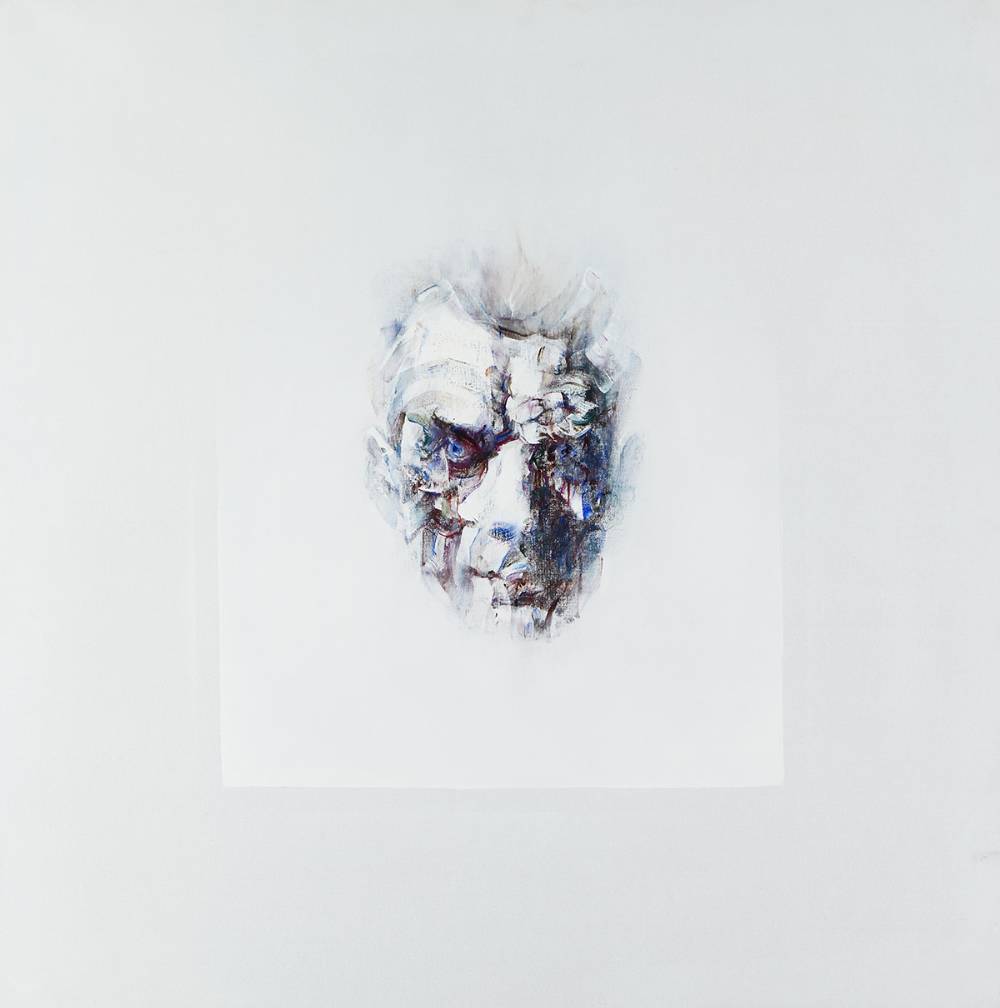
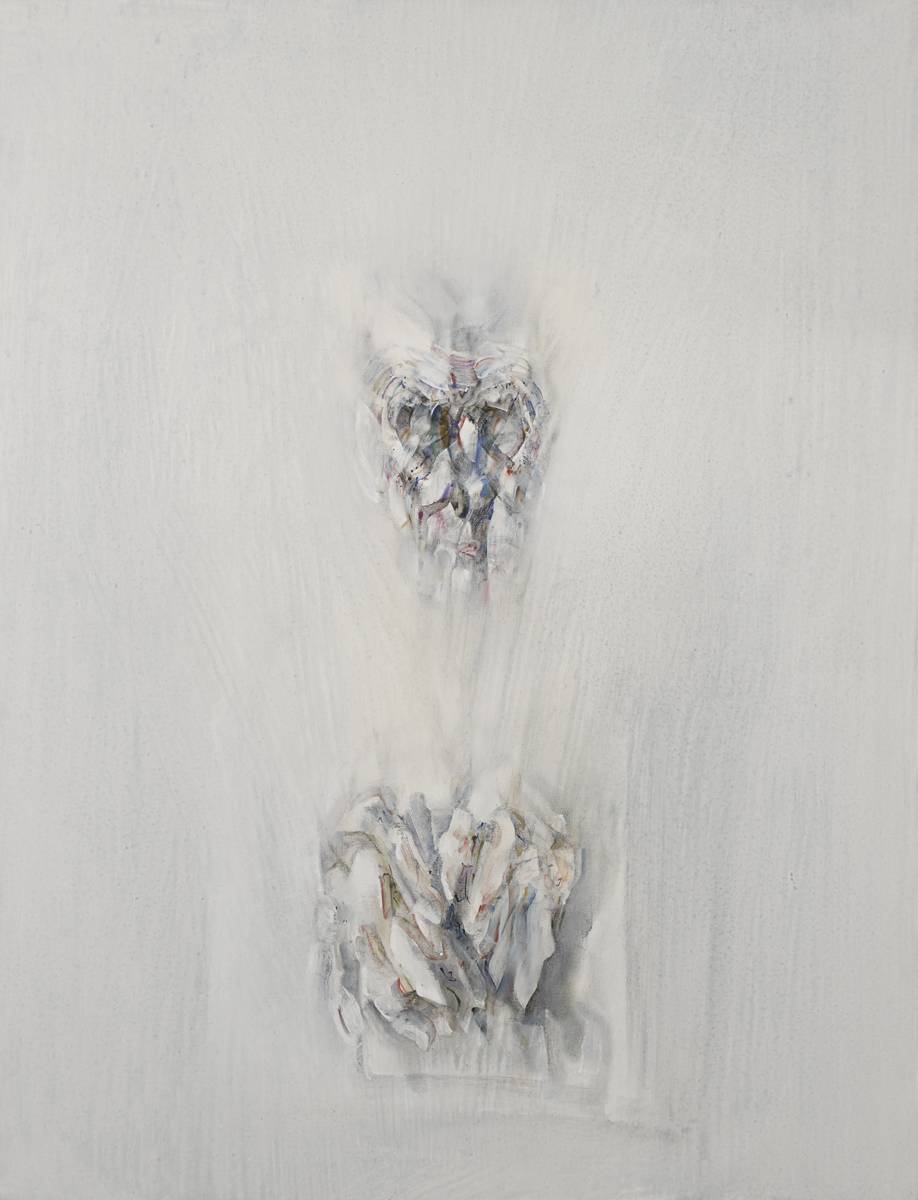
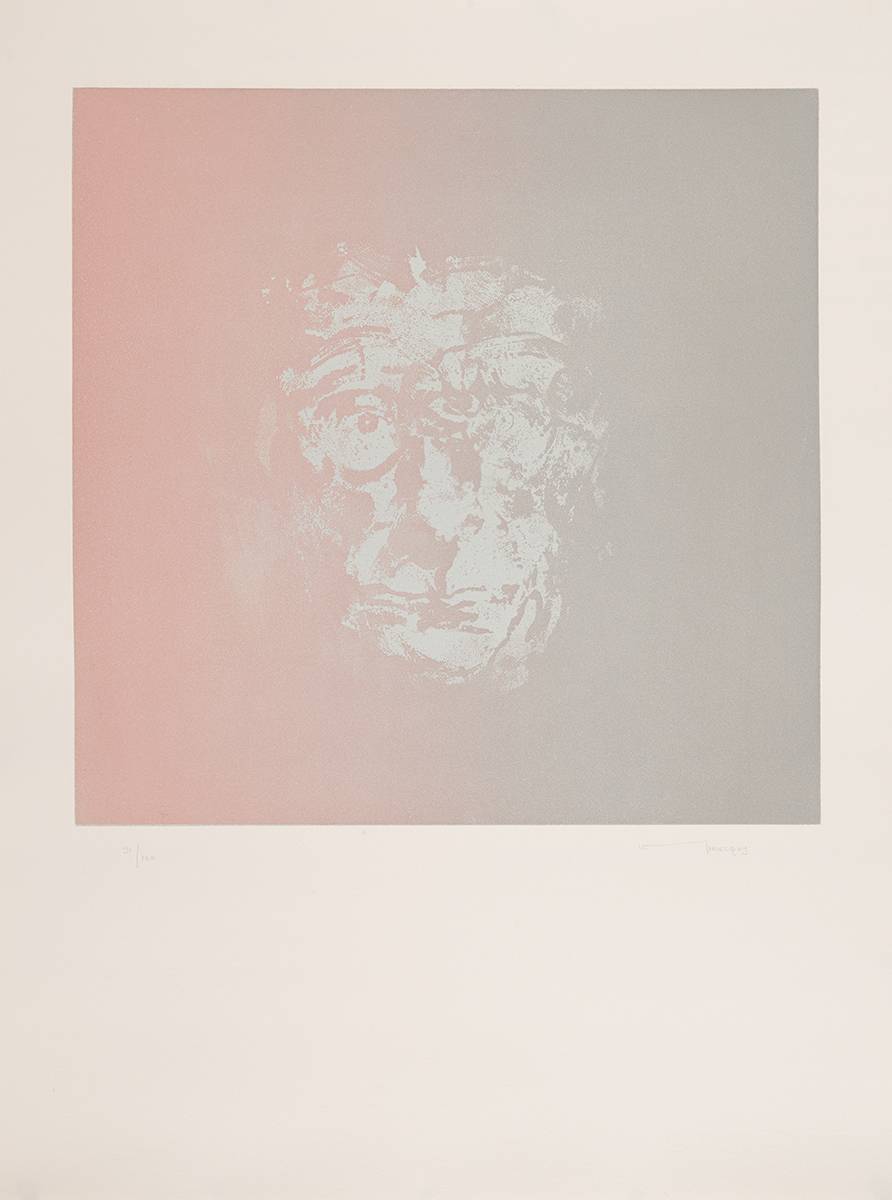


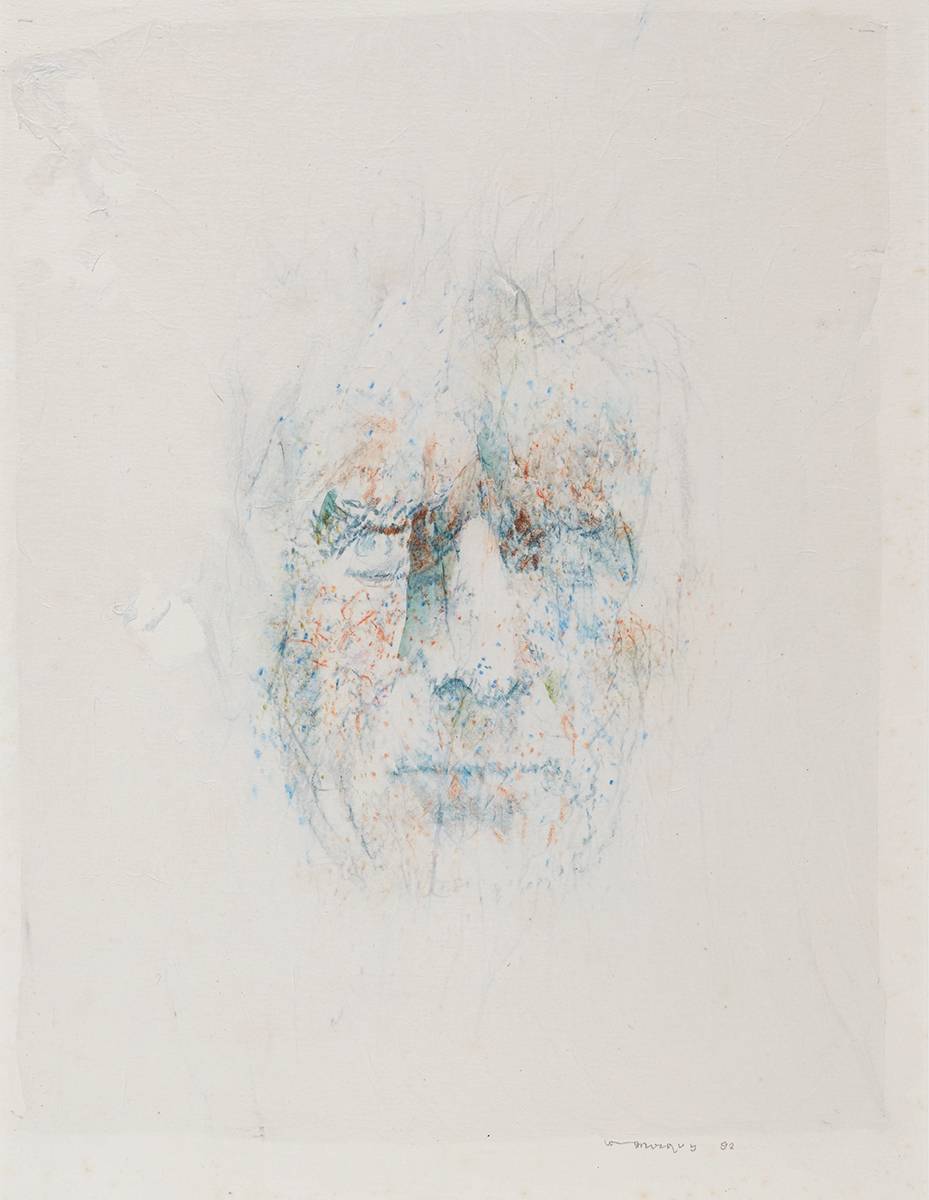
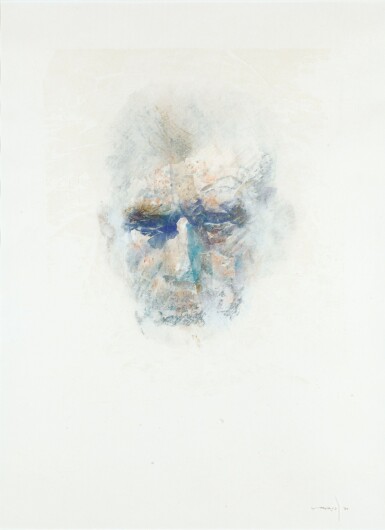
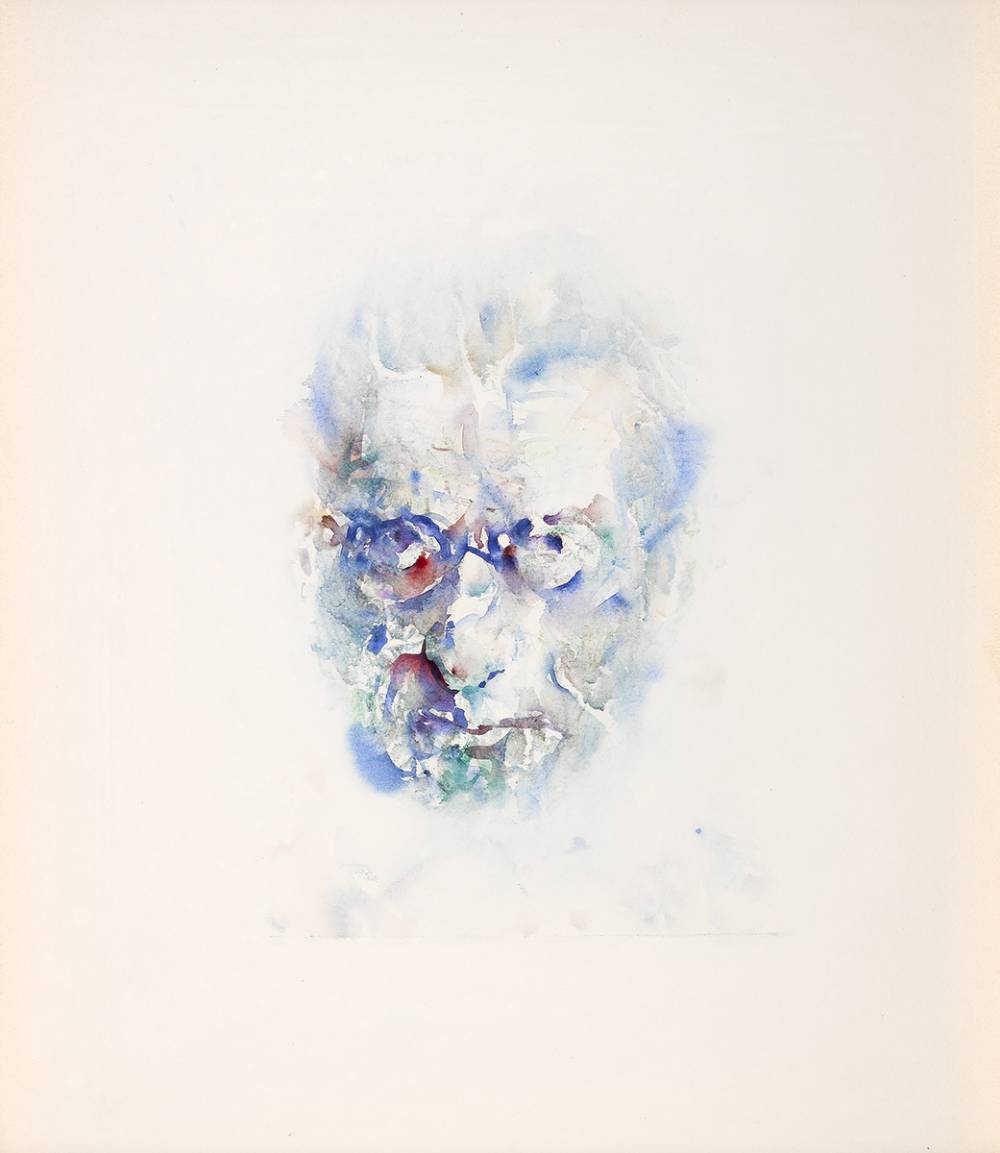
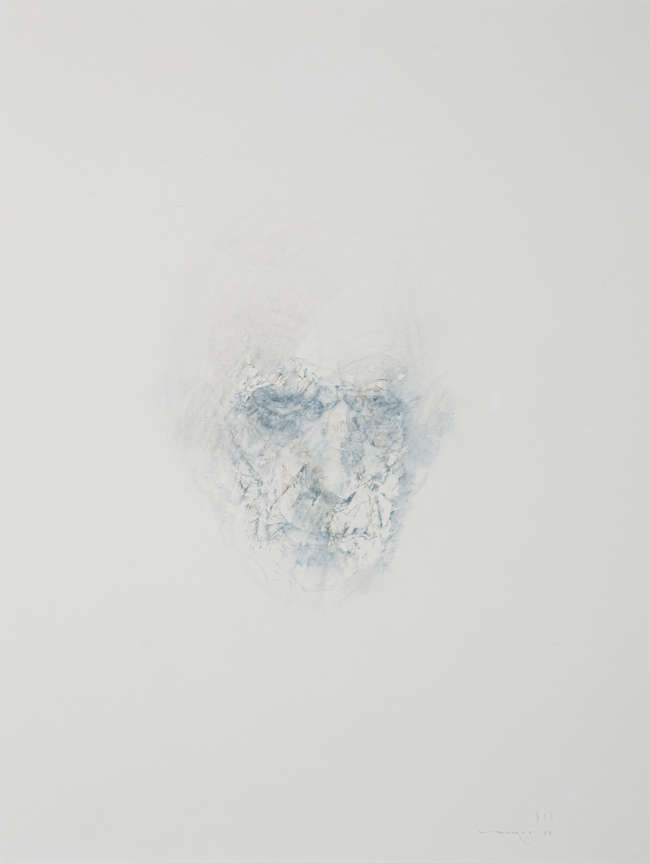



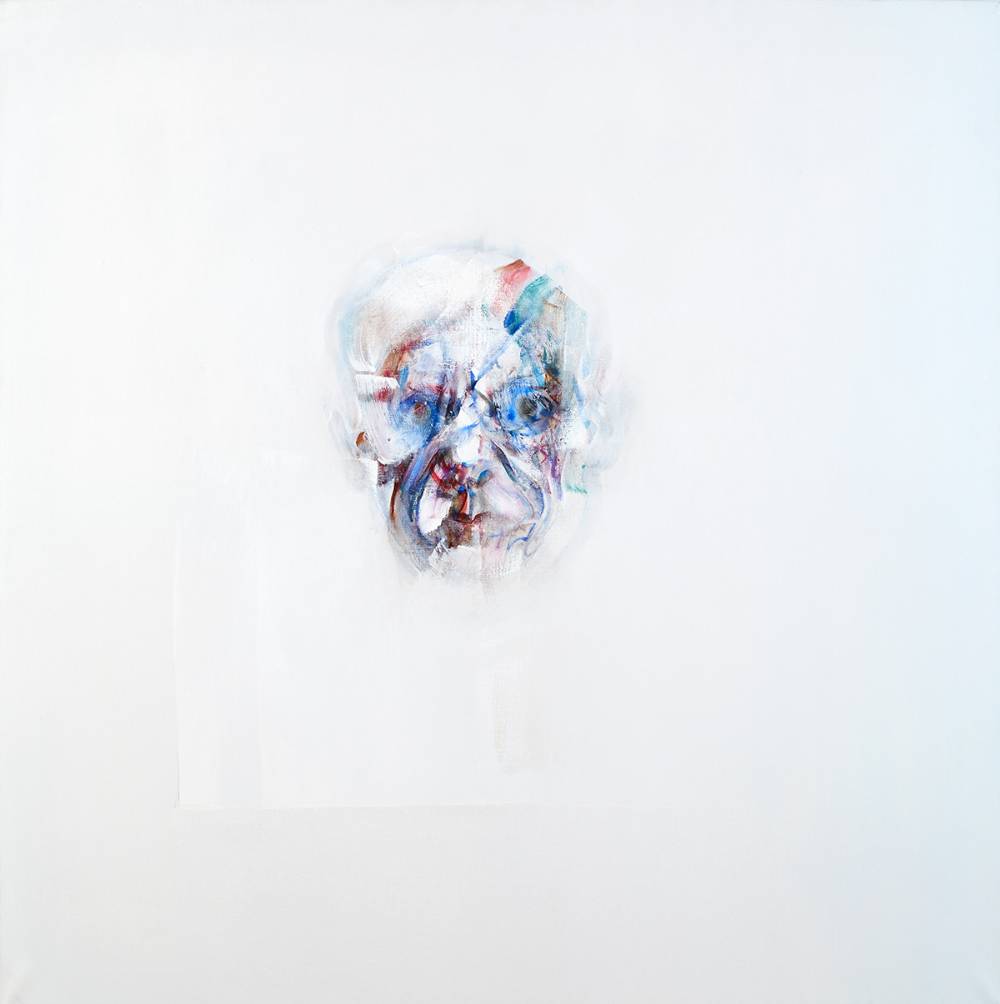

Testen Sie LotSearch und seine Premium-Features 7 Tage - ohne Kosten!
Lassen Sie sich automatisch über neue Objekte in kommenden Auktionen benachrichtigen.
Suchauftrag anlegen